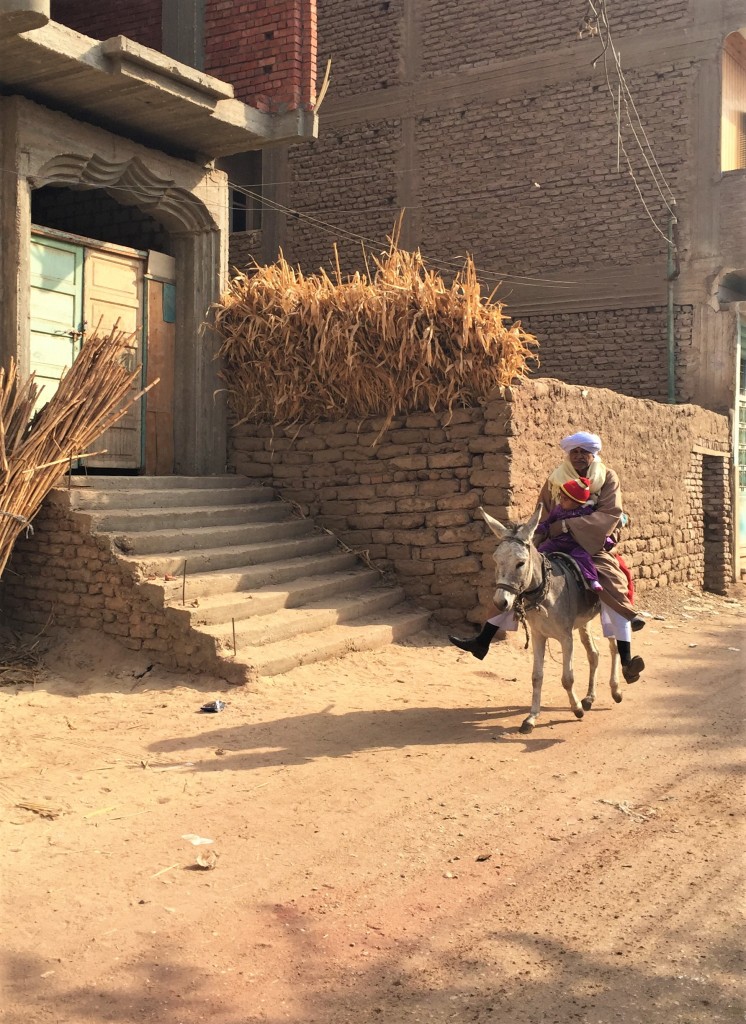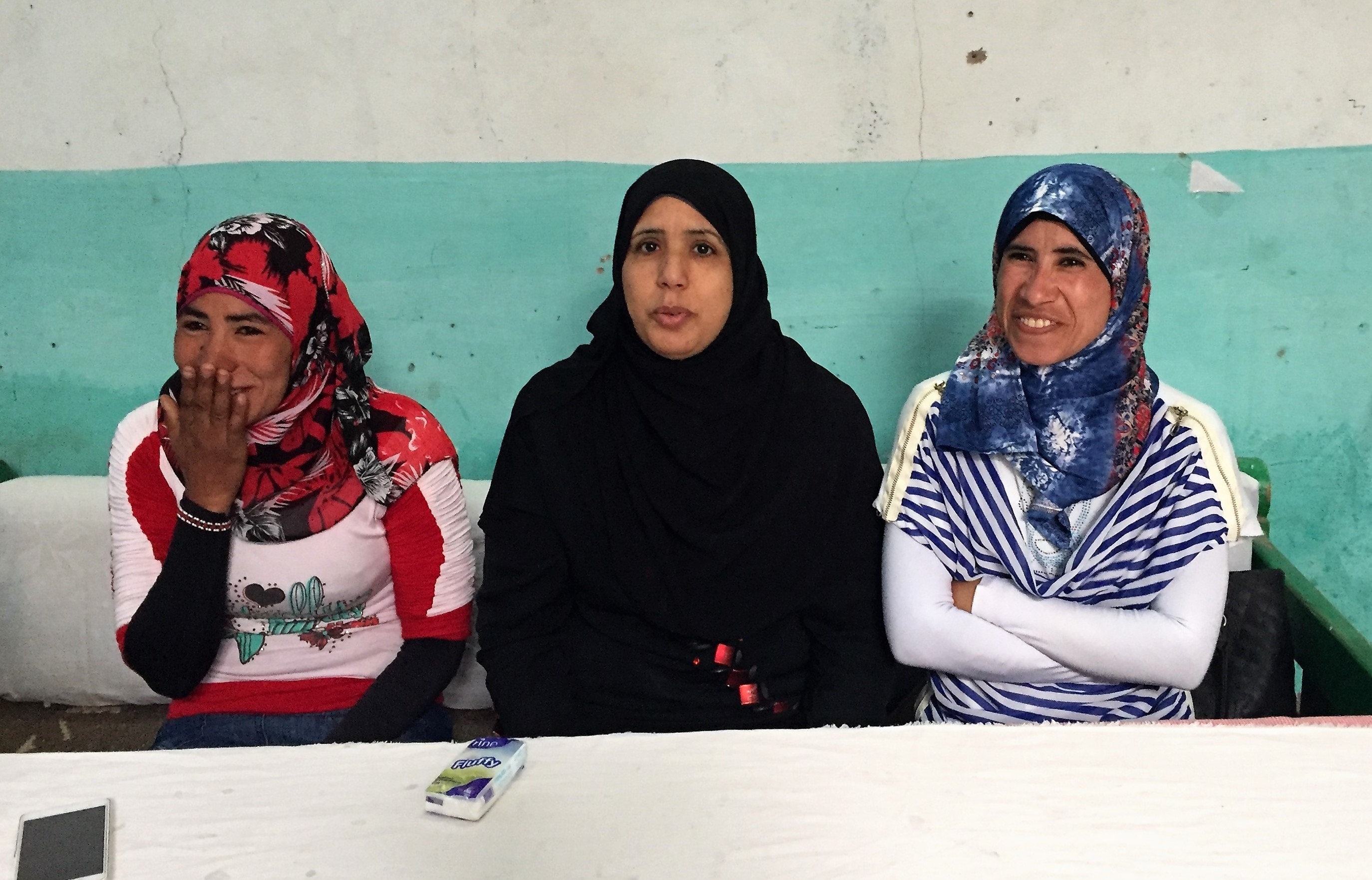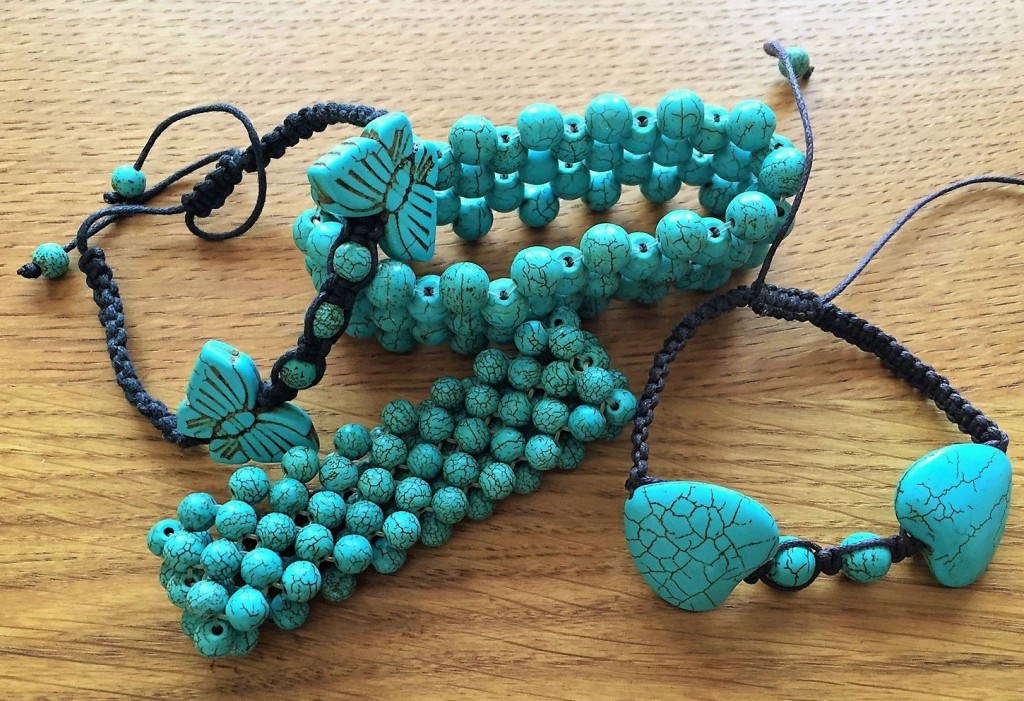While working on the Upper Egypt Local Development Project…
Journey to the Heart of Dandara
Ancient Egyptian sights have been attracting visitors from all over the world for centuries. However, true and sustainable treasures of this land are revealed in authentic encounters with its people in places out of sight.
A two hour drive from the famous Luxor brought us to a less known gem among Ancient Egyptian temples, the Temple Complex in Dandara. First temples there date back to 2250 BC, but most of them were built in 360–343 BC. They are devoted to the Goddess Hathor who personifies the principles of joy, celebration, love, and motherhood. She is associated with the Greek Goddess Aphrodite and the Roman Goddess Venus. Historians say that more festivals were honoring her than any other Egyptian deity.

The Sacred Temple of Hathor
One of the major festivals took place every summer when the Goddess Hathor went on a journey from Dandara to Edfu to meet with Horus. The people of Ancient Egypt celebrated their reunion, symbolizing all that is good in life, abundance, creativity and wholeness.

Interior of the Temple
Worshiping Hathor was popular both among the poor working class of Egypt, as well as the ruling elite. As the bringer of life and comforter in death, Hathor embodied the heavenly Nile as she brought the best kind of gifts from the gods to the people of earth*. She was also a goddess of poetry and dance. No wonder that Qena and Dandara are known to be the cradle of storytelling in Egypt.
Upon arriving at the temple’s entry, we were welcomed by poetic confessions of joy and pain by some local musicians. Having experienced this performance, I am only imagining how magical a storytelling festival, organized in Qena, must have been even to the visitors not familiar with the Arabic poetry.
Simple life can be experienced in Dandara village with children running around, traders of snacks, offering their products around the corner, and old men with donkeys, carrying their grandchildren.

Donkeys are a very important mode of transportation
A small community of women has been trained and provided with seed capital to sustain jewelry making. Their necklaces, bracelets and rings are shown in local exhibitions, however meeting these women is as rewarding as appreciating their products.

The ladies behind Dandara jewelry
Back home these beautiful turquoise artisanal pieces will remain a tangible memory of my day spent with them.

My favorite Dandara jewelry seems to be inspired by Hathor, known to be ‘the Lady of Turquoise Country’
Pottery makers kindly introduced us into their production process. A simple pottery kiln is positioned in the first line of the village, overlooking the Nile. Yes, the amazing river of life deserves special attention for it significantly fills the area with an unusual sense of peace. Numerous birds, overflying its shores, speak of abundant supply for life to all species.

The River of Life
Dandara has given me the gift of authenticity, the one whose colors and fragrances stay with you for a long long time. It is the people, who uncover the character of places and there is a certain camaraderie in such encounters which transcend our cultures.

A Moment to Remember
*Sources: J. J. Mark: Hathor, 2009; and D. B. Redford: Oxford Guide to Egyptian Mythology, 2003.